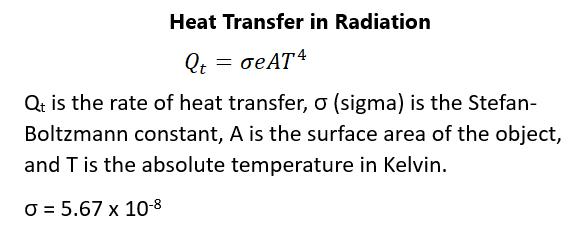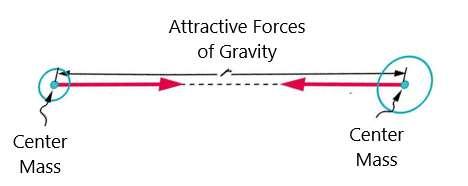HEAT PUMPS A heat pump involves heating a room without burning fuel. The heat comes from the outside air, even if that air is cold. The work of the pump is the only thing that is paid for; the downside is that it takes twice as much energy to heat the space than would be the case in a fuel-powered system. It requires electrical energy instead of fuel energy, which is often more expensive to do. A heat pump involves a refrigerant that gets turned into a gas by the cold outdoor air. This gas drives a compressor that raises the temperature, forcing it into the heated space. There is a transfer of heat into a space before the gas condenses back into a liquid, where it goes back outside to be expanded again. This is described in figure 91:
Figure 91.
As you can imagine, heat pumps don’t work very efficiently unless the temperature differences are small. They work much better in moderate climates than they do in cold climates. Friction, in this case, transfers some heat out into the cold reservoir before it gets back into the pump. The work is done by the electricity used to drive the pump.
197




































































